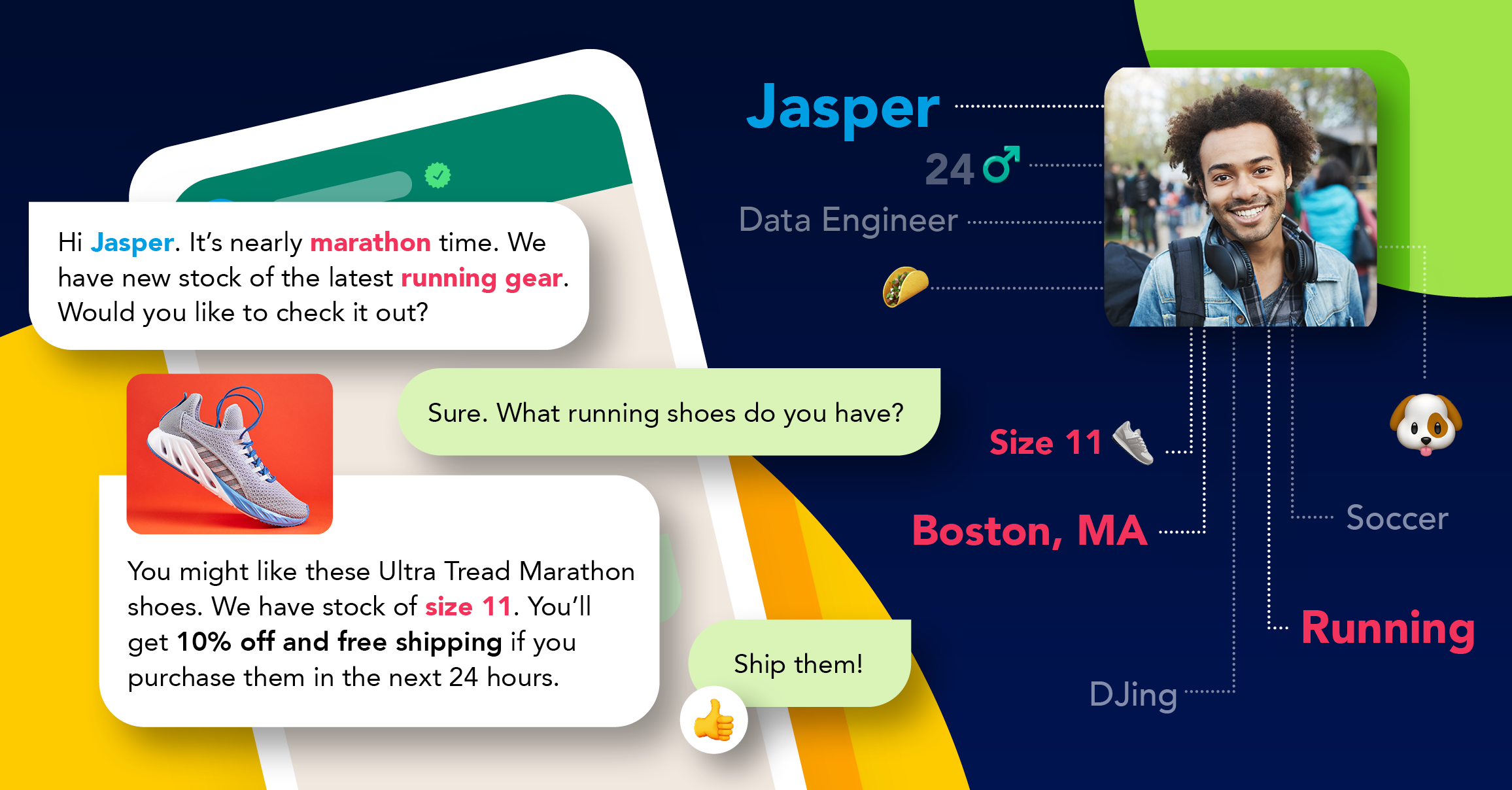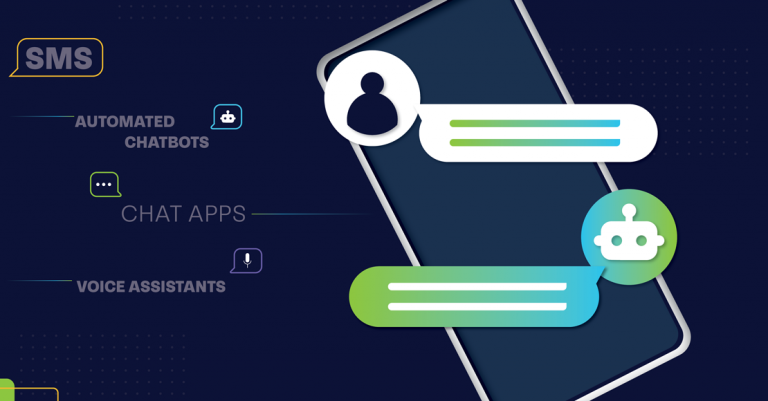
Many IT managers must suffer from sleepless nights these days. Hacking, phishing and malware are rife, with new security threats appearing all the time. In fact, hacking company websites is the new form of bank robbery, with audacious break-ins regularly hitting the headlines:
Russian hackers recently stole $1billion from banks across the world, in the largest cyber crime yet. They were able to infect the banks' computers with malware after tricking employees to open phishing emails. They were then able to steal passwords, impersonate bank staff to transfer money, and even programmed ATMs to spit out money.
Yahoo! users were warned about phishing emails which prayed on people's fear of viruses. The email directed them to a fake Yahoo! Mail page where they were asked to provide their login details to upgrade their account to avoid being infected by a virus.
eBay had to ask all of its users to change their passwords after 145 million accounts were at risk of being hacked
Download our white paper on solving ecommerce challenges with SMS
It's clear, nobody is safe from the risk of scammers trying to steal passwords and login information. So what can you to protect yourself? SSL encryption, firewalls and account monitoring can only do so much. You also can't rely on customers to follow the advice and change their logins every few months. Thankfully, there are multiple ways of using SMS to add an extra layer of security that can keep login details and accounts safe.
Here are three ways of using SMS for better security and more sleep at night: Notifying customers of security risks or updates
Websites and apps are always at risk of being hacked. Should it occur, it's wise to have a disaster recovery plan in place. Burying your head in the sand and hoping customers won't find out isn't an option. This will only cause them to lose trust in you, leading to mass deletions of your apps and plummeting visits to your website.
Instead, use SMS to send immediate messages to all your subscribers. SMS messages are typically read within 90 seconds, unlike email which takes 90 minutes. This makes it the perfect channel for notifying customers of the breach and what to do to protect themselves.
Two factor authentication
Twitter implemented two-factor authentication after 250,000 accounts were affected by a hack in 2013. Many social media sites and banks now use 2 factor authentication, with one time pin codes, for first time logins, password resets, and to approve large or unusual transactions.
Enhanced security with SMS can attract more customers
Providing SMS security updates and SMS authentication are easy to implement and help reduce the risk of identify theft or financial losses, for both you and your customers. Using SMS for security will also increase trust and give customers the confidence that you are the safer option compared to companies still putting their faith in email. Find out more about solving key ecommerce challenges with SMS.
Explore other articles
Step into the future of business messaging.
SMS and two-way channels, automation, call center integration, payments - do it all with Clickatell's Chat Commerce platform.








